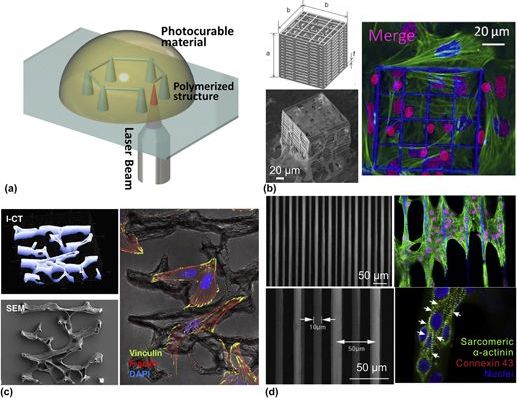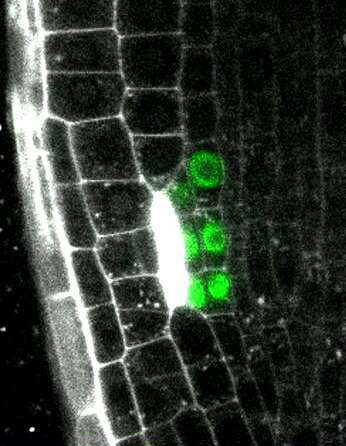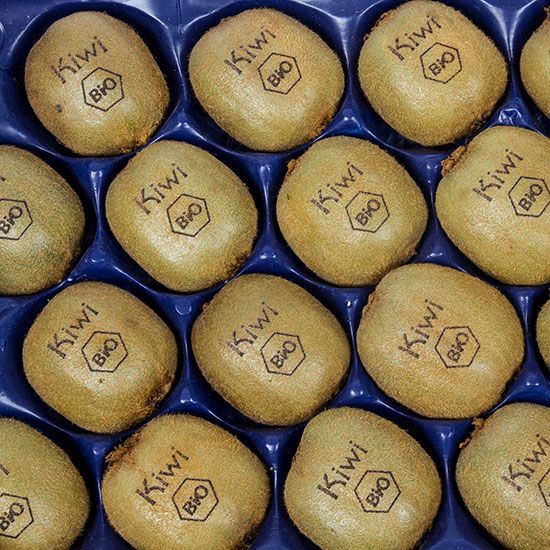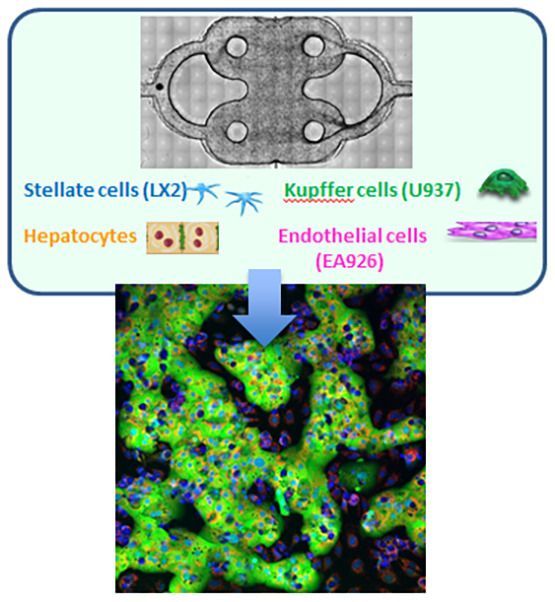May 22, 2019
[1801.08635] Laser induced topological cues shape, guide, and anchor human Mesenchymal Stem Cells
Posted by Quinn Sena in category: biotech/medical
Abstract: This report focuses on the effect of the surface topography of the substrate on the behavior of human mesenchymal stem cells from bone marrow (MSCs) before and after co-differentiation into adipocytes and osteoblasts. Picosecond pulsed laser ablation technology was applied to generate different microstructures (microgrooves and microcavities) on poly (L-lactide) (PLLA), where orientation, cell shape and MSCs co-differentiation were investigated. On flat PLLA, the undifferentiated MSCs showed rounded or elongated shapes, the latter being randomly oriented. On PLLA microgrooves however, MSCs adapted their shape to the groove size and direction and occasionally anchored to groove edges. It was found that adipocytes, contrary to osteoblasts, are highly sensitive to topological cues. Adipocytes responded to changes in substrate height and depth, by adapting the intracellular distribution of their lipid vacuoles to these physical constraints. In addition, the modification of PLLA by laser ablation enhanced the adherence of differentiated cells to the substrate. These findings show that picosecond pulsed laser micromachining can be applied to directly manufacture 3D microstructures that guide cell proliferation, control adipocyte morphology and improve the adhesion of bone and fat tissue.
From: Jose L. Toca-Herrera [view email]
[v1] Thu, 25 Jan 2018 23:56:53 UTC (1,069 KB)
















